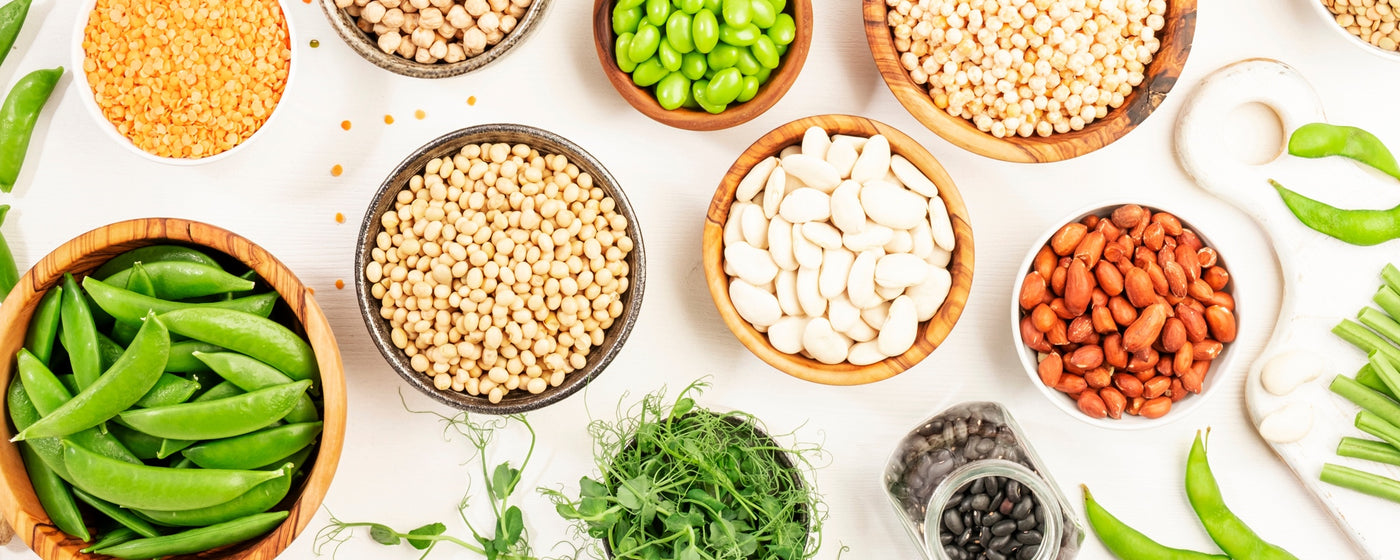← GO BACK TO GROW GUIDES
Once you have a list of crops you might want to grow, think about where and when you’ll grow those crops.

Follow these 7 steps to get started:
- If you want to, you should be able to make all of the garden space “work” all the time. As soon as a crop is done producing, you can plant another different crop right away, at least as long as there is enough space for that crop and enough of the gardening season left for the crop to reach maturity. Most of your garden can produce two or even three different crops in a season. For example, beans and tomatoes (which need warm weather to grow well) can follow early crops of lettuce, spinach, radishes, or shallots (green onions) all of which are quick-growing and cold-tolerant. In general, whenever an open space appears in your garden, fill it with something else (or mulch it). If you don’t fill it, the weeds will. See garden plans for help figuring out how to do this.
-
Plan for the long-season crops first, and you’ll be able to fit in the shorter-season crops around them. If you choose to grow them, perennial crops like asparagus, rhubarb, and raspberries take up sections of your garden for multiple entire years. Other crops like Brussels sprouts, leeks, and parsnips tie up your garden space for just about the whole growing season (100 days or more). Figure out where these crops will go, then worry about fitting in the medium-season crops (plants like eggplant, tomatoes, broccoli that take 65-90 days to grow). The fast-growing crops (30- 60 days) can then be squeezed in around the others.
-
Consider using beds. Rectangular beds are handy because they allow you a lot of flexibility to deal with plants of varying sizes. If you divide your whole garden into beds 1 m (40 in) across (and however wide you choose), each bed can be used to grow either three equally spaced rows of small crops (like salad greens), two equally spaced rows of medium-sized crops (like beans) or a single central row of a large crop (like tomatoes). You can, of course, plant things in rows (or any which way you choose), but rectangular beds with one, two, or three rows are simple and efficient. See beds for diagrams and additional explanation.
-
Arrange your large plants so they won’t shade the others. Some plants (tomatoes, corn, and Jerusalem artichokes, for example) can shade out others. Put these plants where they have enough room and won’t block the light (often in a bed at the edge of your plot). In general, the rows in your garden should run north-south to allow light to get to all of the plants as the sun moves from east to west across the sky.
-
Leave enough room between the rows to allow you to walk and remove weeds. In general, the spaces required by the plants themselves will be fine for this, but a little bit too much space is better than not enough space.
-
Make use of vertical space. In a small garden, you have a lot of vertical space, but not much horizontal space. Stake or cage your tomatoes, trellis your peas and cucumbers (provide them with structures made of wood, metal, and/or string to grow on), and you’ll have more room for other crops.
-
Rotate crops so related plants don’t stay in the same place. Broccoli, cabbage, Brussels sprouts, collard greens, kale, radishes, kohlrabi, rutabagas, turnips, and cauliflower are all very closely related (they’re in the same plant family, known as “Brassicaceae,” or the mustard family). As a result, they take the same nutrients out of the soil and are vulnerable to the same pests and diseases.
As much as you can, move these crops around your garden so that no two related crops occupy the same space for two years in a row.
There are other groupings of plants that SHOULD NOT follow each other: Potatoes, tomatoes, peppers, and eggplant are in the family “Solanaceae” (sunloving family); Carrot, parsley, celery, parsley, dill, and parsnip are in the family “Apiaceae” (carrot and parsley family); summer squash, winter squash, pumpkins, watermelon, cantaloupe, and cucumber are in the family “Cucurbitaceae” (gourd family); Chicory, endive, salsify, dandelion, lettuce, Jerusalem artichoke, sunflowers, and globe artichoke are in the family “Asteraceae” (aster family); Beets, chard and spinach are in the family “Chenopodiaceae” (goatsfoot family); and onion, garlic, leek, and chives are in the family “Liliaceae” (lily family).













































